Alfama Awaits: A Journey Through Time
Embark on a captivating journey through Alfama, where history and culture intertwine. Discover hidden gems and iconic landmarks on this free walking tour.
Time
3 Hours
Stops
9 Places
Distance
3.3 km
Miradouro de Santa Luzia
Offering one of the best panoramic views of Lisbon, Miradouro de Santa Luzia is the perfect starting point to admire the cityscape and the Tagus River, setting the tone for your exploration of Alfama.
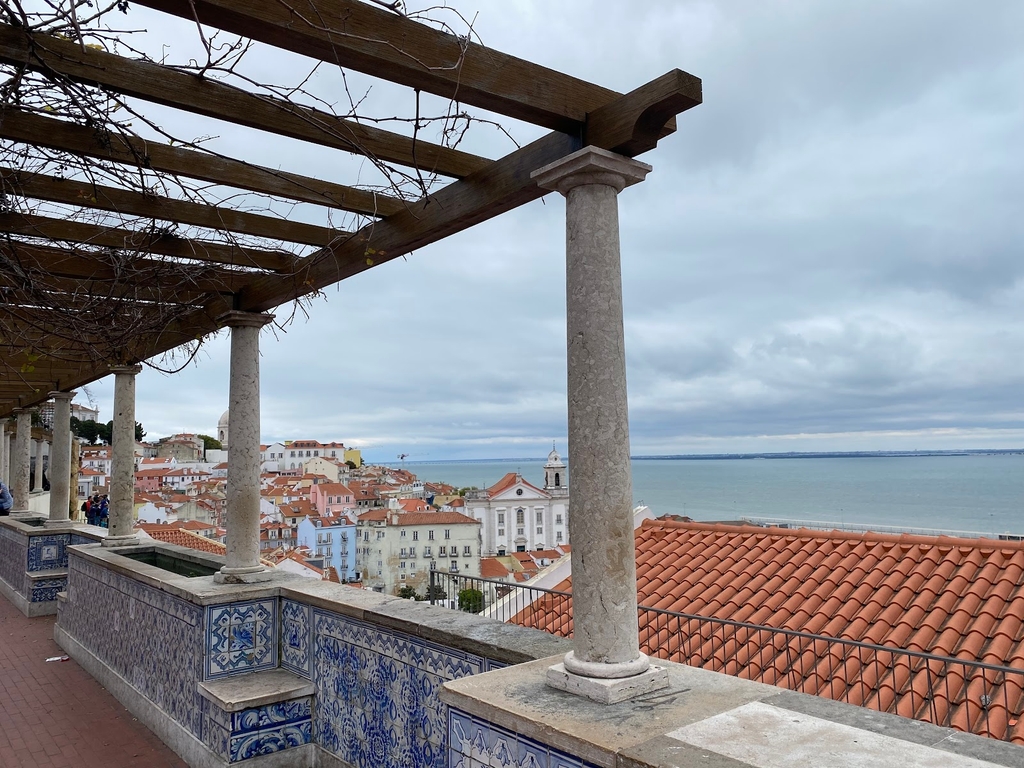
Miradouro de Santa Luzia (Source: Google Maps)
Miradouro de Santa Luzia is a stunning viewpoint that offers breathtaking panoramic views of Lisbon and the Tagus River. This spot is adorned with beautiful azulejos and lush gardens, making it an ideal place to start your exploration of Alfama. As you gaze over the terracotta rooftops, you can sense the city's rich history and vibrant culture. The miradouro's charm lies not only in its views but also in its serene atmosphere, inviting visitors to pause and reflect on the beauty of Lisbon. This spot has been a favorite among locals and tourists alike, serving as a gathering place to enjoy the sunset or simply relax in the shade of the trees.
Church of São Vicente de Fora
This impressive monastery is renowned for its beautiful cloisters and the stunning azulejos (ceramic tiles) that depict scenes from the history of Portugal.
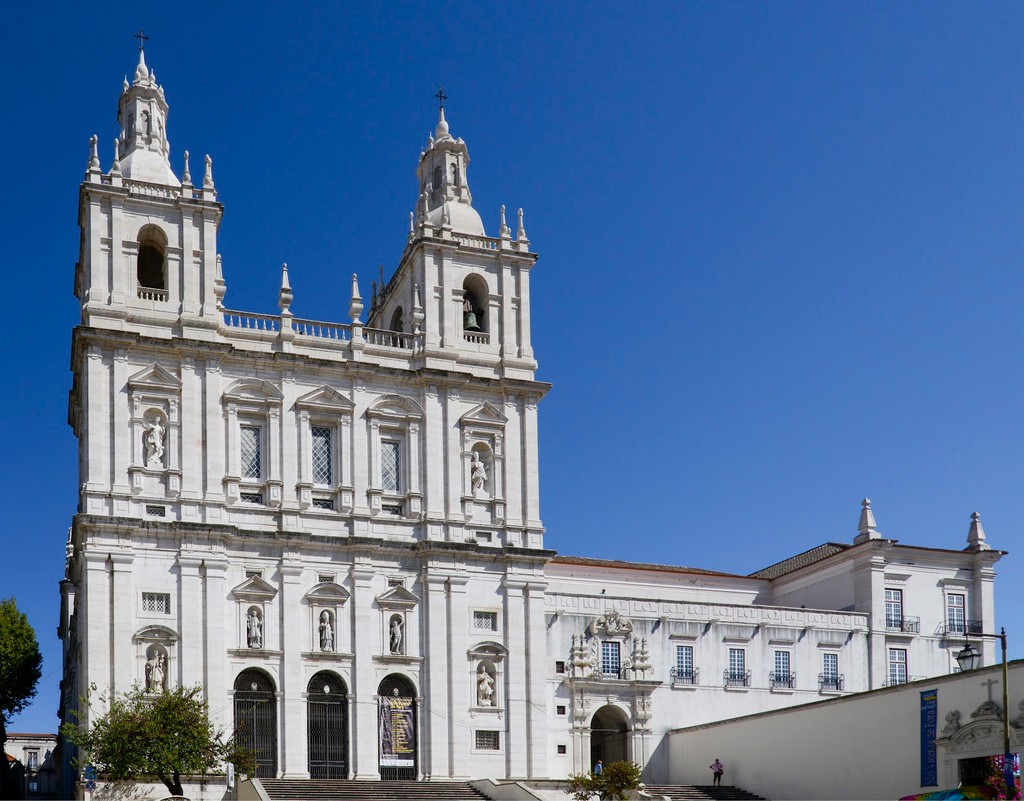
Church of São Vicente de Fora (Source: Google Maps)
The Church of São Vicente de Fora is a remarkable example of Mannerist architecture, originally built in the 12th century and later reconstructed. This monastery is celebrated for its stunning azulejos that depict historical events in Portugal, providing a visual narrative of the country’s past. The church's interior is equally impressive, featuring intricate altarpieces and a serene atmosphere conducive to reflection. The cloisters, adorned with beautiful arches, offer a peaceful retreat. This site is not only a place of worship but also a significant cultural landmark that attracts visitors interested in the history and art of Lisbon.
Feira da Ladra
Visit Lisbon's most famous flea market, Feira da Ladra, where you can browse through an eclectic mix of antiques, crafts, and vintage items, reflecting the vibrant local culture.
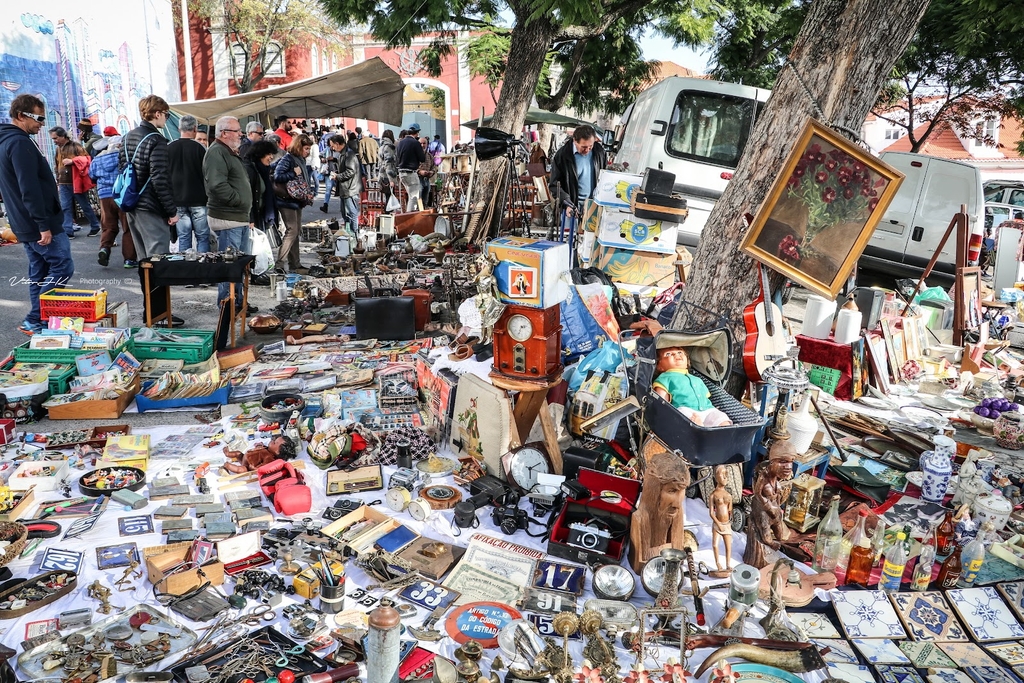
Feira da Ladra (Source: Google Maps)
Feira da Ladra, Lisbon's most famous flea market, offers a vibrant atmosphere filled with a diverse array of antiques, crafts, and vintage items. Established in the 13th century, this market is a treasure trove for collectors and those seeking unique souvenirs. The stalls reflect the eclectic spirit of Alfama, with vendors showcasing everything from handcrafted jewelry to historical artifacts. Visitors can immerse themselves in the lively ambiance, engaging with local sellers and discovering hidden gems. The market is also a cultural experience, as it embodies the artistic and historical essence of Lisbon, making it a must-visit for anyone exploring the city.
Panteão Nacional
The National Pantheon, with its magnificent dome and rich history, serves as the final resting place for many of Portugal's notable figures.
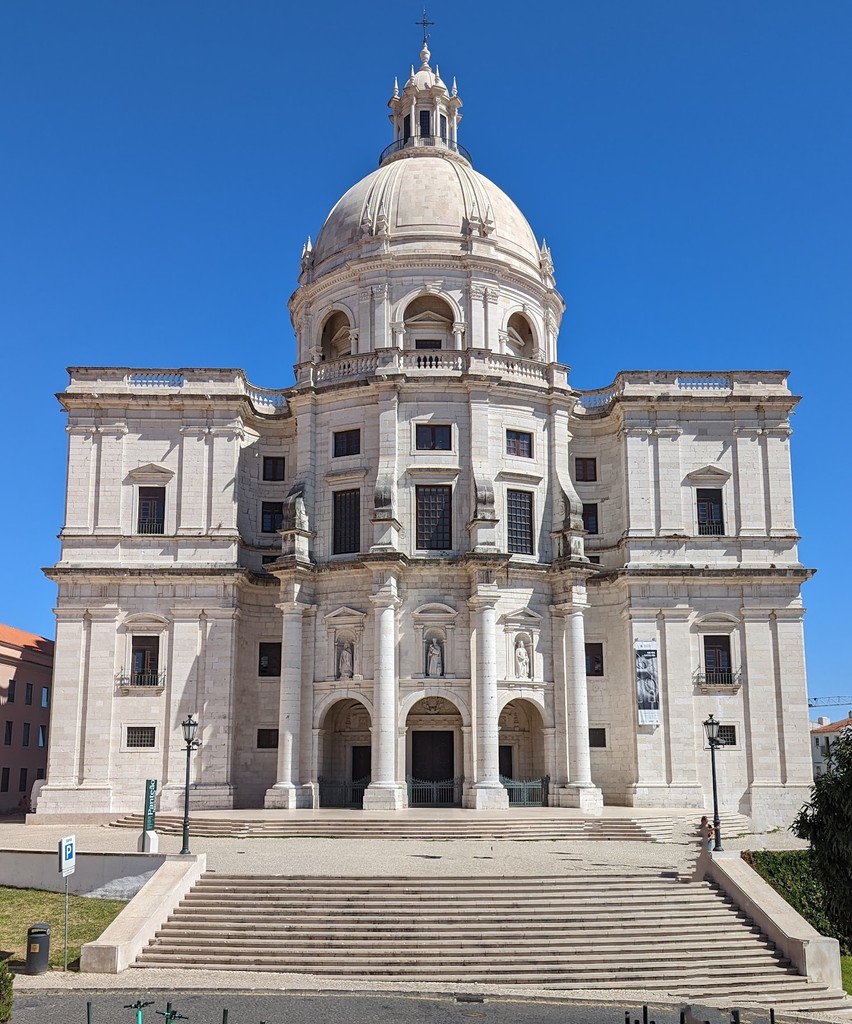
Panteão Nacional (Source: Google Maps)
The National Pantheon is an architectural masterpiece characterized by its grand dome and Baroque style. It serves as the final resting place for many of Portugal's most notable figures, including poets, presidents, and explorers. The interior is adorned with intricate marble work and impressive sculptures that reflect the nation’s rich history. Visitors can explore the crypts and learn about the lives and contributions of those interred here. The Pantheon also hosts cultural events and exhibitions, making it a dynamic part of Lisbon's heritage. Its significance extends beyond its role as a mausoleum, as it stands as a symbol of national pride and remembrance.
Museu do Fado
Dive into the soulful world of Fado music at the Museu do Fado, which celebrates the rich musical tradition that originated in the very streets of Alfama.
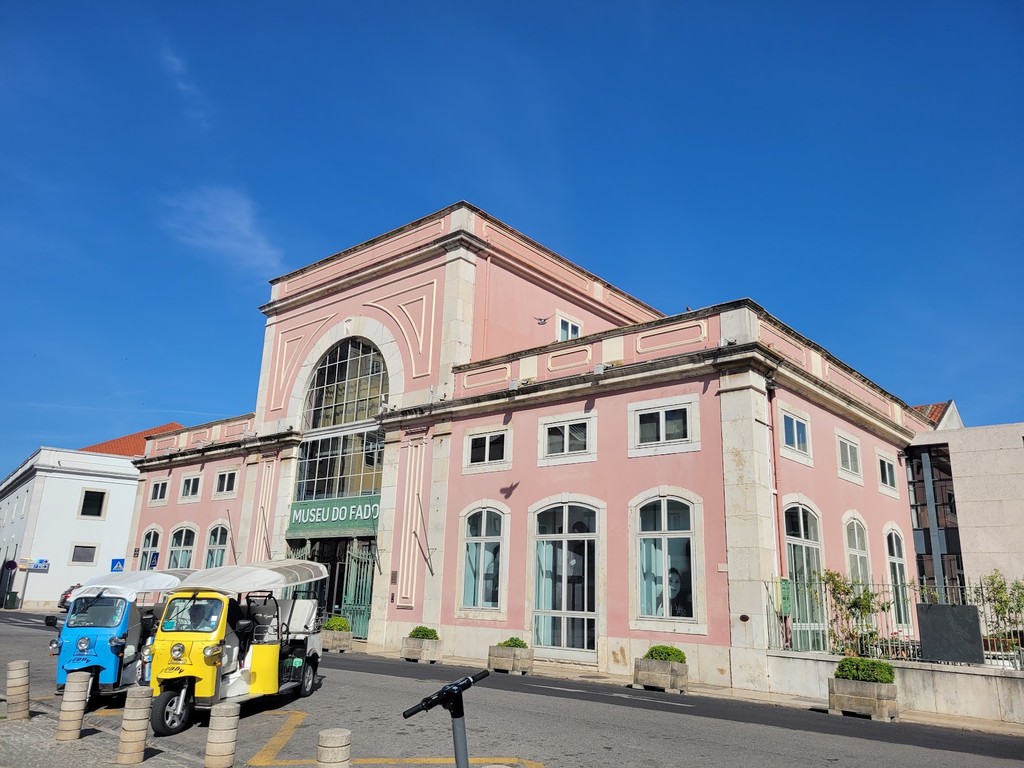
Museu do Fado (Source: Google Maps)
The Museu do Fado is dedicated to the soulful music genre that originated in Lisbon's streets, particularly in Alfama. This museum showcases the history and evolution of Fado, featuring exhibits that include traditional instruments, costumes, and multimedia presentations. Visitors can learn about the lives of famous Fado singers and the emotional depth of this music, which often expresses themes of longing and nostalgia. The museum also hosts live performances, allowing guests to experience Fado in an authentic setting. This cultural institution plays a crucial role in preserving and promoting the rich musical heritage of Portugal, making it a vital stop for music enthusiasts.
Casa dos Bicos
Known for its unique façade of diamond-shaped stones, Casa dos Bicos is now home to a cultural foundation and offers insights into the literary heritage of Portugal.
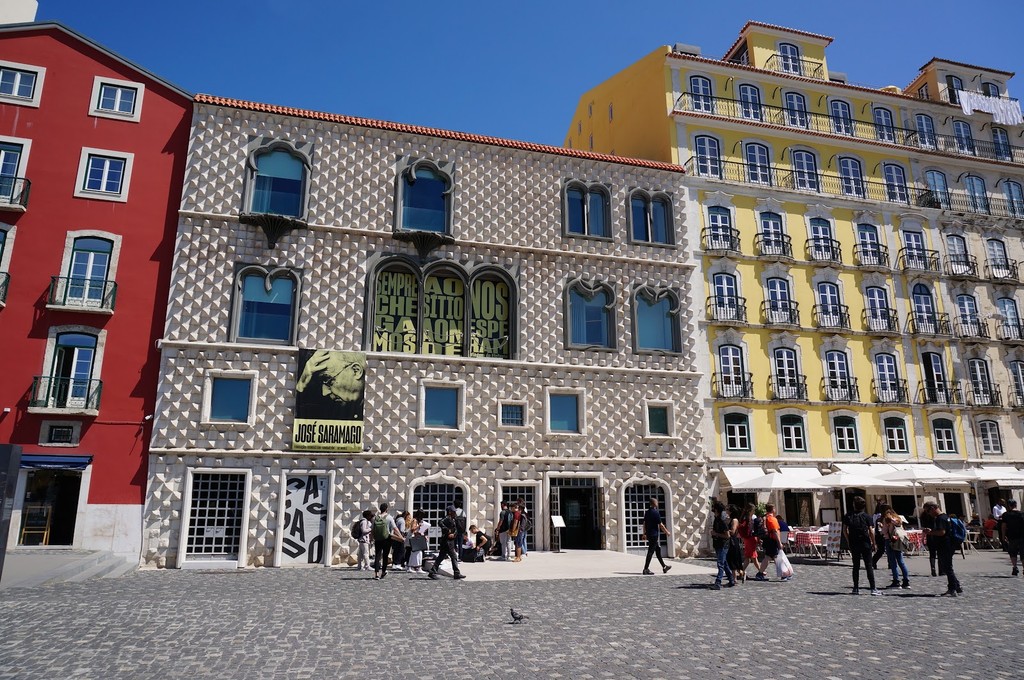
Casa dos Bicos (Source: Google Maps)
Casa dos Bicos, known for its unique façade of diamond-shaped stones, is a fascinating cultural landmark in Lisbon. This 18th-century building, originally constructed for a wealthy merchant, now houses a cultural foundation dedicated to promoting the literary heritage of Portugal. The architecture itself is a blend of Gothic and Renaissance styles, making it a visually striking example of Lisbon's diverse architectural history. Inside, visitors can explore exhibitions, attend literary events, and learn about the influential writers and poets who have shaped Portuguese literature. The Casa dos Bicos stands as a testament to the city's rich cultural tapestry and its commitment to the arts.
Lisbon Cathedral (Sé de Lisboa)
As the oldest church in the city, the Lisbon Cathedral is a stunning example of Romanesque architecture and a must-see for history enthusiasts.
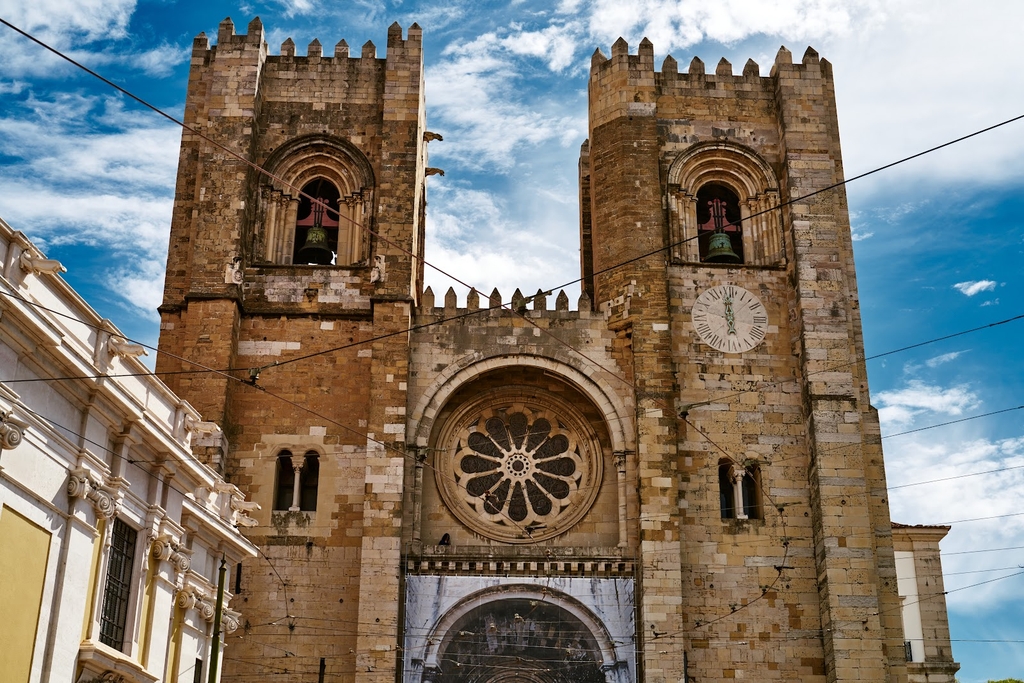
Lisbon Cathedral (Sé de Lisboa) (Source: Google Maps)
Lisbon Cathedral, or Sé de Lisboa, is the oldest church in the city, dating back to the 12th century. This Romanesque structure features impressive arches, beautiful rose windows, and a stunning interior filled with religious art. The cathedral has withstood numerous earthquakes and renovations, resulting in a unique blend of architectural styles, including Gothic and Baroque elements. It serves as a significant historical site, reflecting the evolution of Lisbon’s religious practices over the centuries. Visitors can explore the cathedral's cloisters and enjoy the serene atmosphere, making it a must-visit for history enthusiasts and those interested in religious architecture.
Igreja de Santo António
Dedicated to Saint Anthony, the patron saint of Lisbon, this church is a significant religious site with a fascinating history dating back to the 12th century.
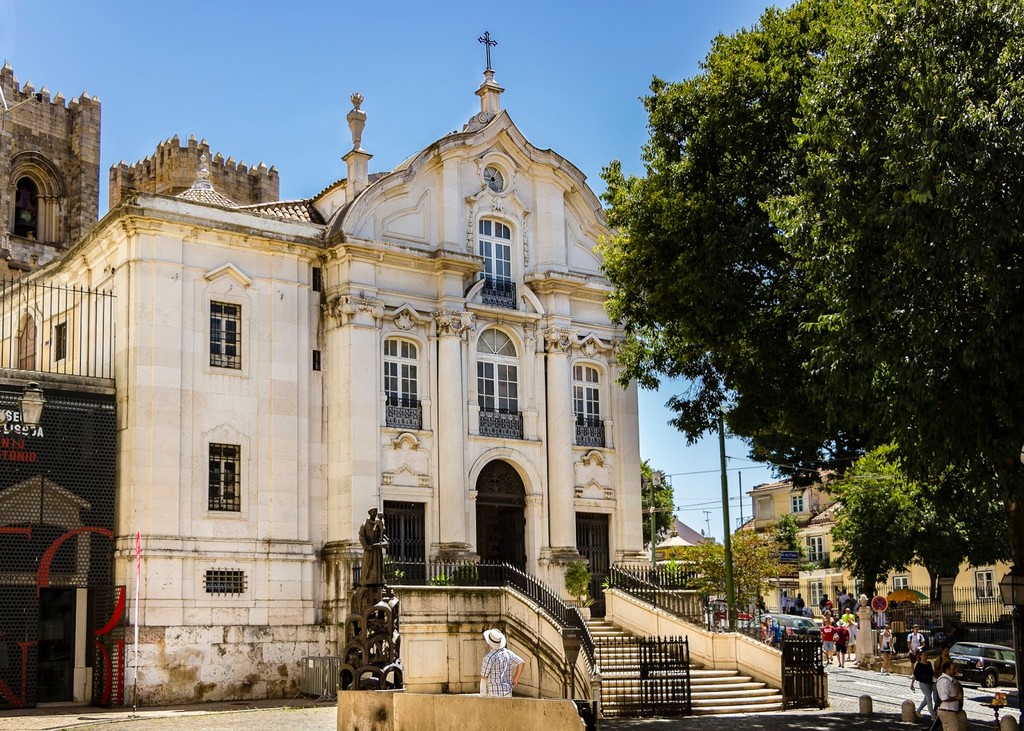
Igreja de Santo António (Source: Google Maps)
Igreja de Santo António, dedicated to Saint Anthony, the patron saint of Lisbon, is a church with a rich history dating back to the 12th century. Built on the site of the saint's birthplace, this baroque church features intricate altarpieces and beautiful tile work, showcasing the artistic heritage of Portugal. It is a significant religious site, drawing visitors who come to pay their respects and learn about the life of Saint Anthony. The church's interior is adorned with stunning frescoes and sculptures, creating a serene atmosphere for reflection and prayer. Its historical importance and architectural beauty make it a key landmark in Lisbon.
Praça do Comércio
Conclude your tour at Praça do Comércio, a grand riverside square that has played a central role in Lisbon's commercial and cultural life since the 18th century.
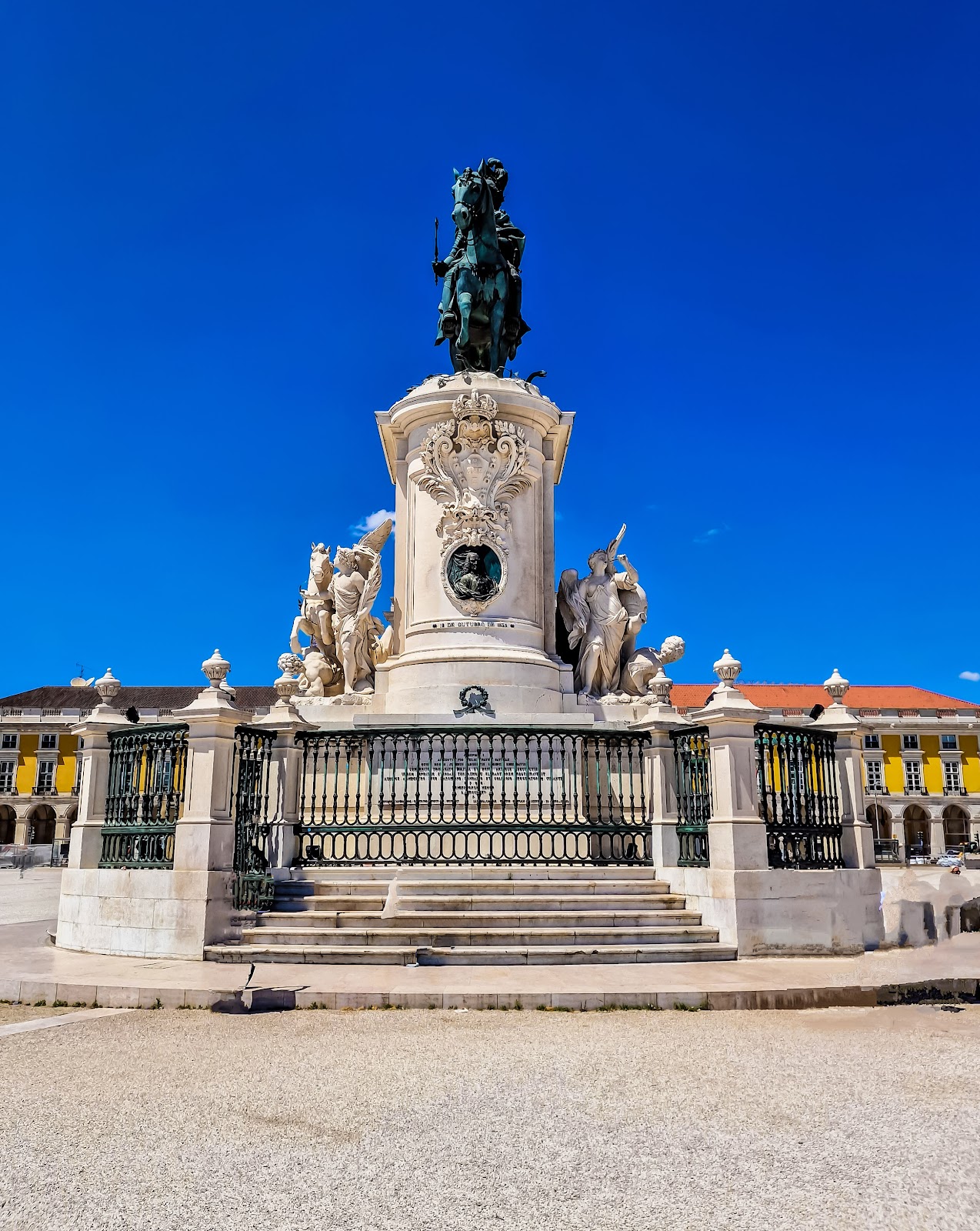
Praça do Comércio (Source: Google Maps)
Praça do Comércio, also known as Terreiro do Paço, is a grand riverside square that has played a central role in Lisbon's commercial and cultural life since the 18th century. Surrounded by elegant yellow buildings, the square features the iconic Arco da Rua Augusta, which offers a majestic entrance to the city. Historically, this site was the location of the Royal Palace before the earthquake of 1755. Today, it serves as a vibrant public space where locals and tourists gather to enjoy cafes, shops, and events. Its significance as a historical and cultural hub makes it an essential stop on any exploration of Lisbon.

Your travels, your rules.
Create your own Free Walking Tours.
Set your preferences, distances and anything you want to do or see.
Completely free, no payment required.